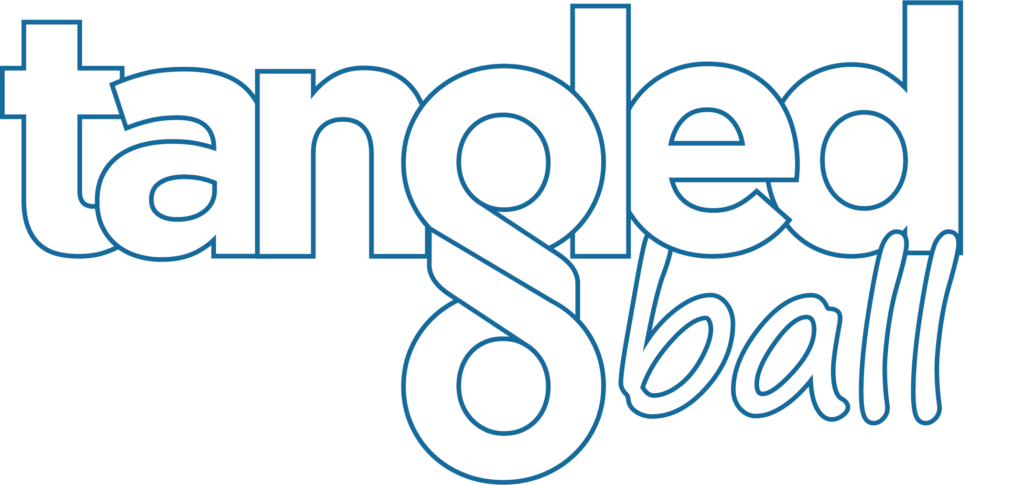The Role of the Parent in Early Childhood Bullying Prevention
Bullying Behavior Starts Young
The guiding rule of action should be to intervene too early rather than too late.
– Dan Olweus, PhD, and founder of the Olweus Bullying Prevention Program
Although bullying prevention efforts tend to focus on middle schools and high schools, bullying behavior begins at much younger ages. According to researchers and developers of the Eyes on Bullying Program, Dr. Ronald G. Slaby and Dr. Kim Storey, it starts as early as 4-years old:
When groups of young children who often differ significantly in physical size, skill level, and family experience, get together regularly, patterns of hurtful behavior often emerge. Children make mean faces, say threatening things, grab objects, push others aside, falsely accuse, or refuse to play with others.
 A Tangled Ball
A Tangled Ball
In other words, that’s when the messy issue of bullying starts resembling a tangled ball. There is a never-ending list of factors that make peer-to-peer mistreatment complicated and unique for each child, household and school, which makes clear-cut solutions seem elusive. To add to the mix, a child can act like a bully one day, be the target of mean behavior the next day or witness it without knowing how to react on any other given day.
Defining the End Goal: 3 Hopeful Strings in the Tangled Ball
The short-term goal, of course, is to try to improve hurtful situations but perhaps the most important end goal is that a child feels loved, safe and valued. Every parent wants their child to grow to become their best selves even if they experience mean behavior along the way.
String One: Encourage Communication
Tell a Trusted Adult.
– most common piece of bullying prevention expert advice
According to a study by Dr. Andrea Cohn and Dr. Andrea Canter, more than 67% of students believe that schools respond poorly to bullying believing that adult help is infrequent and ineffective.
If kids don’t know how to tell us what is going on, we can’t help. If we don’t handle it with care, we won’t be trusted. It starts with learning how to listen.
In their research for the Youth Voice Project, researchers Stan Davis and Dr. Charisse Nixon, share critical information about what really helps kids and what doesn’t. The Number 1 most positive adult action? Listening.
String Two: Promote Leadership
Teaching leadership skills not only helps your own children, but the classroom as a whole. When a child exhibits kindness, good judgment, and loyalty, for example, they are able to help create a positive school and home climate.
Leadership is the anti-bully.
String 3: Applaud Resilience
Recognize their ability to handle small situations on their own. A bad situation can have a silver lining when they feel powerful and proud…but be there to be their safety net.
When confronted with the fallout of childhood trauma, why do some children adapt and overcome, while others bear lifelong scars that flatten their potential? A growing body of evidence points to one common answer: Every child who winds up doing well has had at least one stable and committed relationship with a supportive adult. – Harvard Graduate School of Education
Bonus String : Pat Yourself On the Back
You’re a Superhero in Mom Jeans (or Dad Sneakers)!
As Robert Fulgham said in his best-selling book, “You may never have proof of your importance but you are more important than you think. There are always those who couldn’t do without you. The rub is that you don’t always know who.”
I know who it is. It’s your kids.





